This thread is based entirely around the very old document, 1934, from Russian Researchers: "ON THE PARAMETRIC EXCITATION OF ELECTRIC OSCILLATIONS"
This document is attached below, in two pdf's, the original and a Translated OCR'ed by myself document also.
I want to include a snippet from the document, it is an example used in the document: Page.3, second paragraph.
Suppose that a current i is flowing in an oscillatory system consisting of a capacitance C, ohmic resistance R, and self-inductance L, at some instant of time which we shall take as the starting instant.
At this moment we change L, by, ΔL, which is equivalent to increasing the energy by 1/2 ΔLi2 The system is now left to itself.
After a time equal to 1/4 of the period of the tuned frequency of the system, all the energy transforms from magnetic into electrostatic.
At this moment, when the current falls to zero, we return the self-induction to its original value, which can evidently be done without expending work and again we leave the system alone.
After the next 1/4 period of resonance oscillations the electrostatic energy transforms fully into magnetic and we can begin a new cycle of variation in L.
If the energy put in at the beginning of the cycle exceeds that lost during the cycle, i.e. if
where ε is the logarithmic decrement of the natural oscillations of the system, then the current will be larger at the end of each cycle than at the beginning. Thus, repeating these cycles, i.e. changing I with a frequency twice the mean resonance frequency of the system in such a way that
we can excite oscillations in the system without any emf acting on it, no matter how small the initial charge.
I think we have seen now, many times, the importance of such Timing. The Timing Thread, we cover such phenomena! This with the MrPreva Experiment, it is a key component in the steps forward.
Energy is changing in time! Energy is entirely Electrostatic Energy (Red), Charge from the Capacitor discharges into the Coil for 1/4 of the Cycle, and then, Magnetic Energy (Green) is converted by the Coil back into Electrostatic Energy filling the Capacitor, on the second 1/4 Cycle:
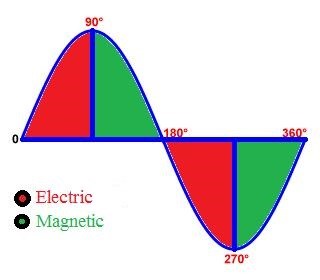
So, the Capacitor discharges its potential Charge, entirely into the Coil, then the Coil, because it reverses polarity, discharges its Magnetic Field back into the Capacitor. Thus the opposite Sine for the Charge Polarity. I have covered this in some detail in the: A Coil, the Current and the Voltage Thread.
Below, an example of how Energy is added to the system by changing a parameter:
Parametric Oscillations can have two forms:
- autoparametric excitation
- heteroparametric excitation
Each with Regeneration (an external Voltage/Current Source) and without Regeneration.
Its very interesting to read the documents provided, it is a job to absorb it however! Much is complex, but not all of it needs to be understood!
Its worth noting: 1/2 the Resonant Frequency, or Twice the Resonant frequency is one of the optimum point. This could be seen as:
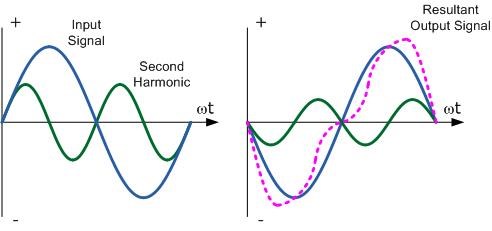
You can see, at 1/4 cycle, the sine of the second harmonic changes. Thus the Opposing Coils, Opposing Magnetic Fields.
Dynamic Magnetic Field Interactions, it is mentioned in the same document:
Thus a linear system cannot serve as an A-C generator.
Thus, as we have covered, this is the reason a "Common-Mode Choke" is good at its job, but nothing else.
We need a Dynamic System, Non-Linear in its operation, or Asymmetrical in its operation, not the same at the same time!
This is why we see Graham Gunderson's switching at near peak Current (Green Trace):
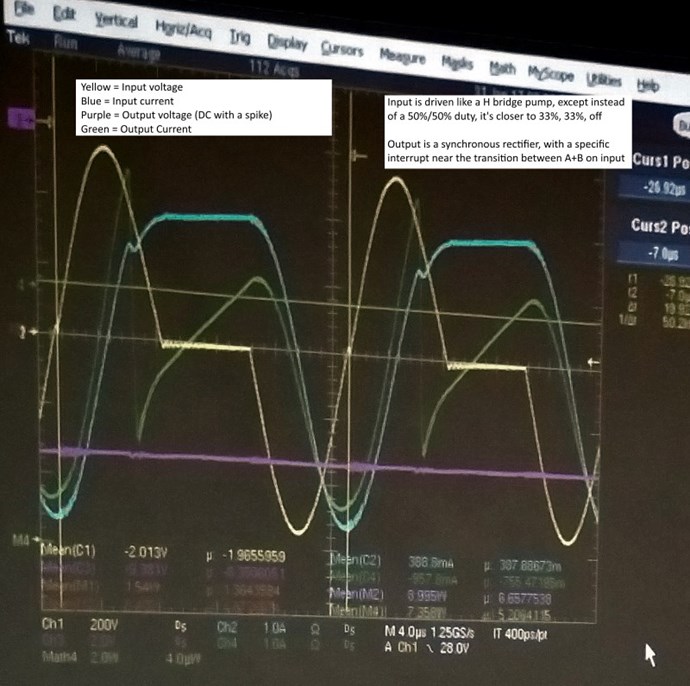
Because, this is where we need to change the Inductance, as he has.
Chris


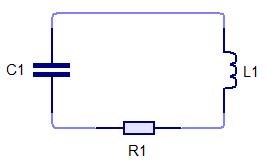
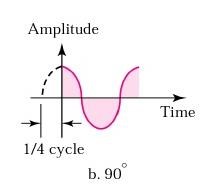
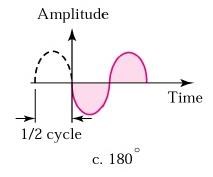
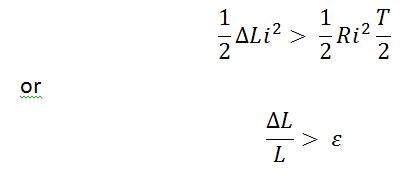



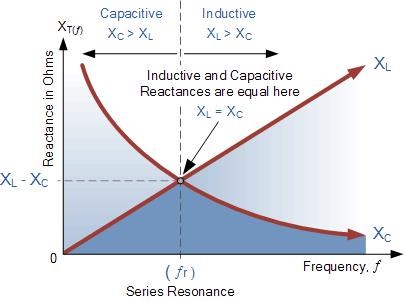
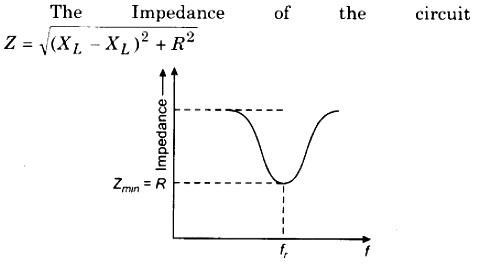
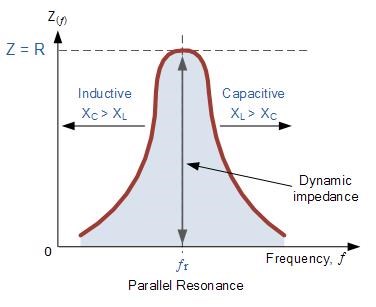
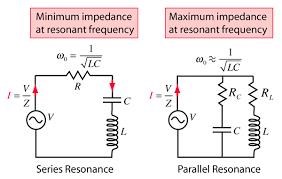
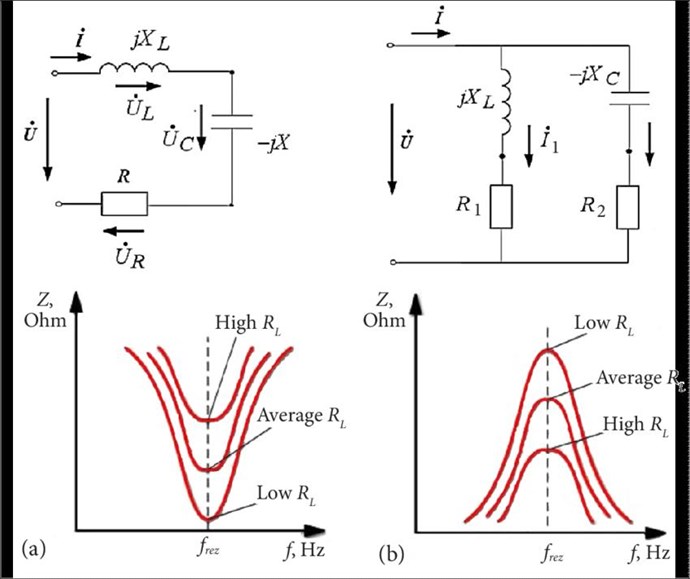




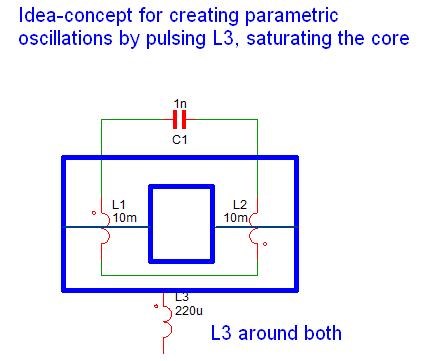
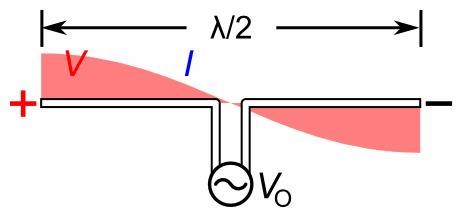
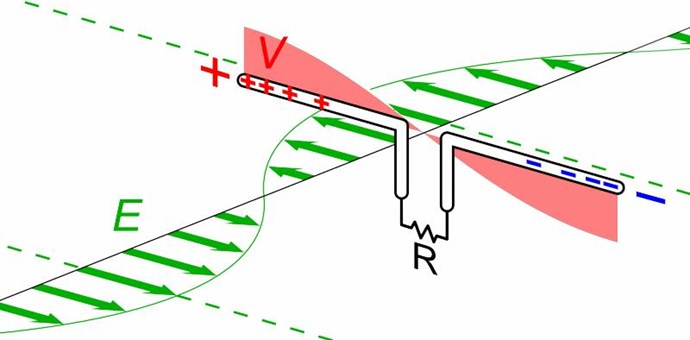



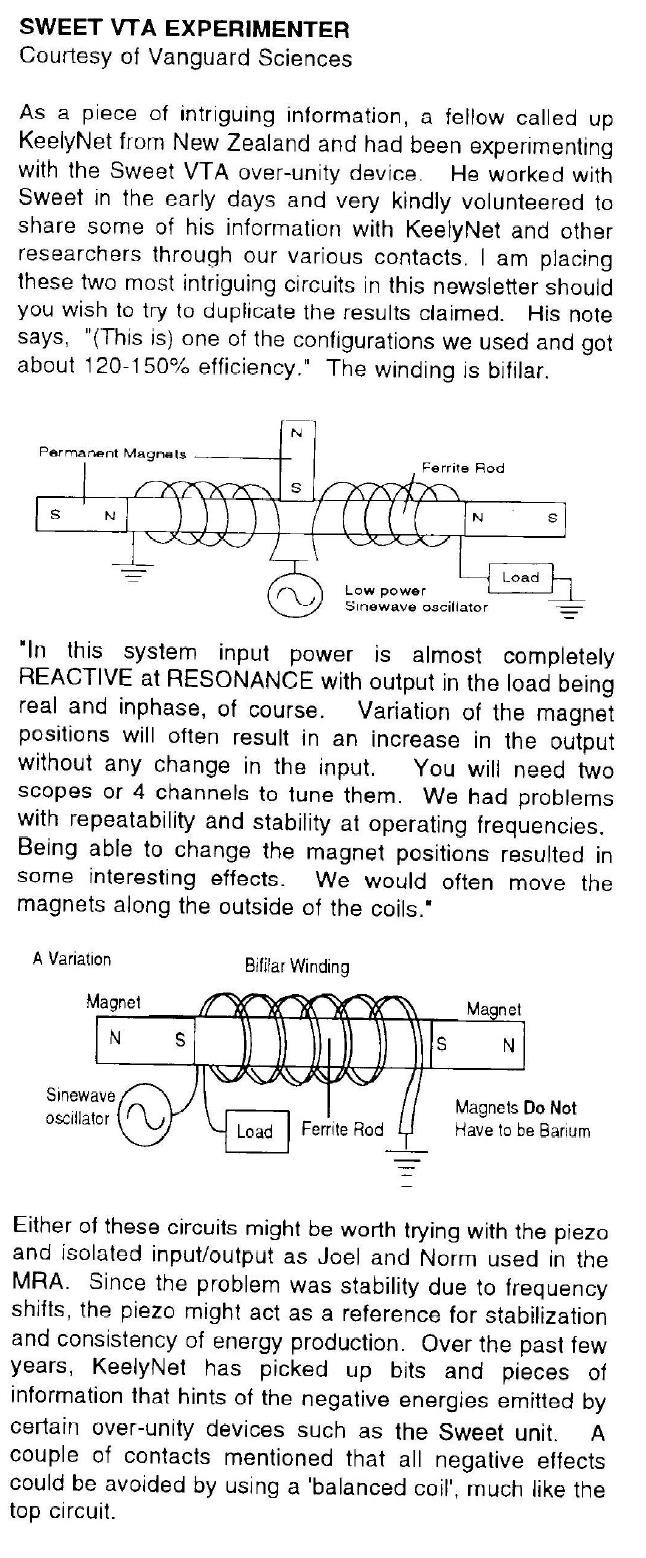





---open-tesla-research.jpg?width=20&crop=0,0,20,20)


